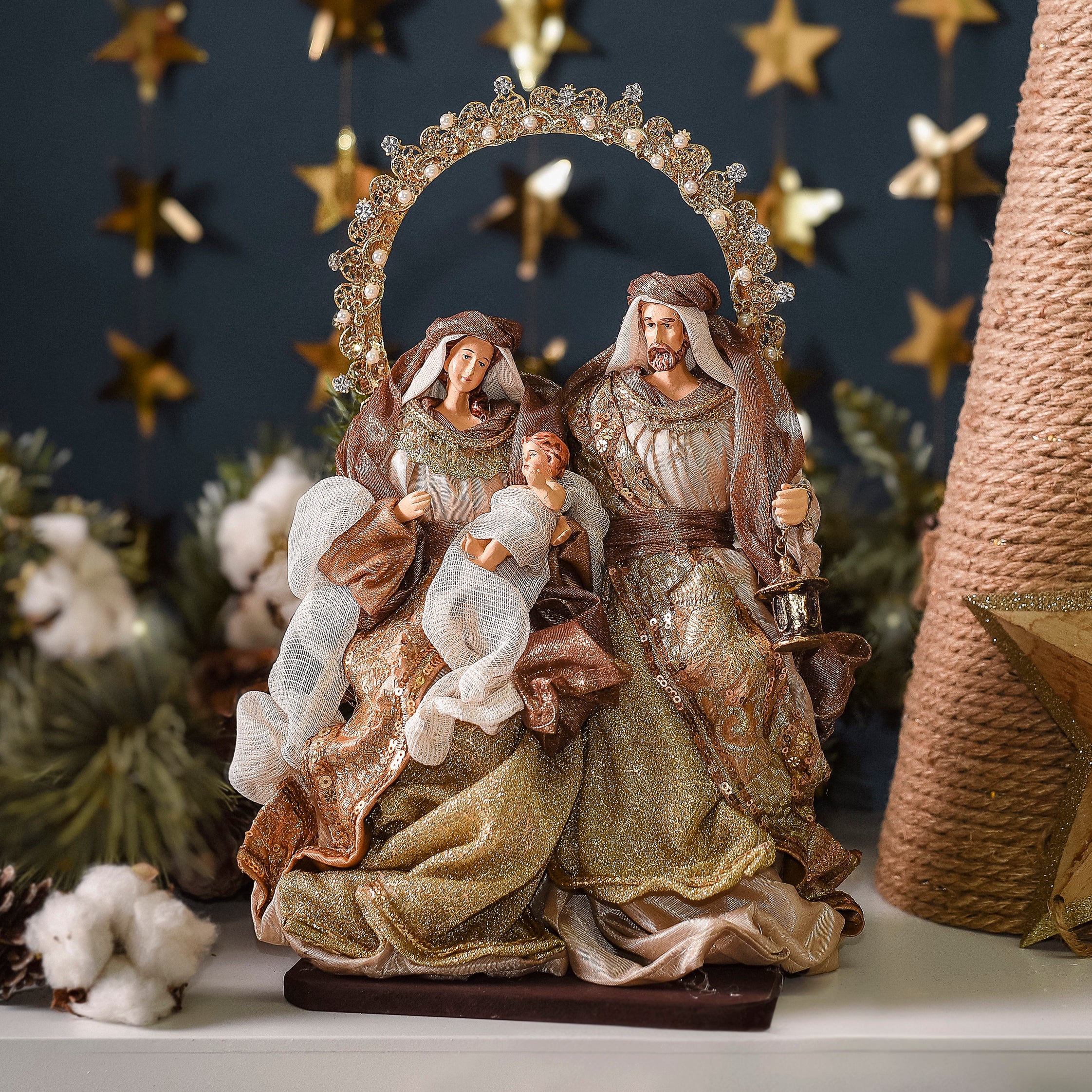
Introduction
Shipping fragile products requires meticulous packaging to safeguard items from damage during transit. Fragile items, such as glassware, electronics, ceramics, and delicate artworks, demand special care to withstand the rigors of transportation. In this article, we will explore the key considerations and techniques for effectively packing fragile products, ensuring they reach their destination intact and in pristine condition.
Did you know that nativity figures from the Outdoor Nativity Sets shop are packed in multiple layers of the highest quality materials before shipping?
Choose Appropriate Packaging Materials
Selecting the right packaging materials is crucial for protecting fragile products. Begin with sturdy cardboard boxes or corrugated containers that can withstand external pressure. Use packing peanuts, bubble wrap, air pillows, foam sheets, or other cushioning materials to create a protective barrier around the item. These materials absorb shock and prevent movement within the package, minimizing the risk of breakage.
Wrap and Secure the Fragile Item
Wrap the fragile product individually with bubble wrap or foam sheets. Ensure that all corners, edges, and vulnerable parts are adequately covered and cushioned. Use tape or secure the wrapping to prevent it from coming loose during transit. For items with delicate surfaces, such as paintings or mirrors, consider using specialized packaging materials like glassine paper or corner protectors to provide additional protection.
Utilize Inner Packaging Layers
Place a layer of cushioning material at the bottom of the shipping box. This can be packing peanuts, crumpled paper, or foam sheets. Carefully position the wrapped fragile item on top of the cushioning layer. Add more cushioning material around the sides, top, and bottom of the item to ensure a snug fit. Fill any empty spaces with additional packing material to prevent movement within the package.
Reinforce the Shipping Box
Once the fragile item is securely placed within the box, add another layer of cushioning material on top to protect it from any potential impact from above. Close and seal the box using strong packing tape, ensuring all edges and seams are secure. Shake the box gently to confirm that there is no movement or shifting of the packaged item.
Label and Mark the Package
Clearly label the package as “Fragile” or “Handle with Care” using bold, legible letters. This alerts handlers to exercise caution during transportation. Additionally, consider using arrow symbols indicating the correct orientation of the package to avoid mishandling. Include contact information and any special instructions for the carrier or recipient if necessary.
Choose a Reliable Shipping Carrier
Select a reputable shipping carrier known for handling fragile items with care. Research carriers that offer dedicated fragile item shipping services or specialized handling options. Opt for carriers that provide insurance coverage for the declared value of the item, ensuring compensation in case of damage during transit.
Conclusion
Proper packaging is crucial when shipping fragile products to ensure their safe arrival. By using appropriate materials, wrapping and securing items effectively, and reinforcing the shipping box with adequate cushioning, you can significantly reduce the risk of damage. Clearly labeling the package as fragile and selecting a reliable shipping carrier further enhances the chances of successful delivery. By following these essential steps, you can ship fragile products with confidence, knowing that they are well-protected and prepared to withstand the challenges of transportation.

